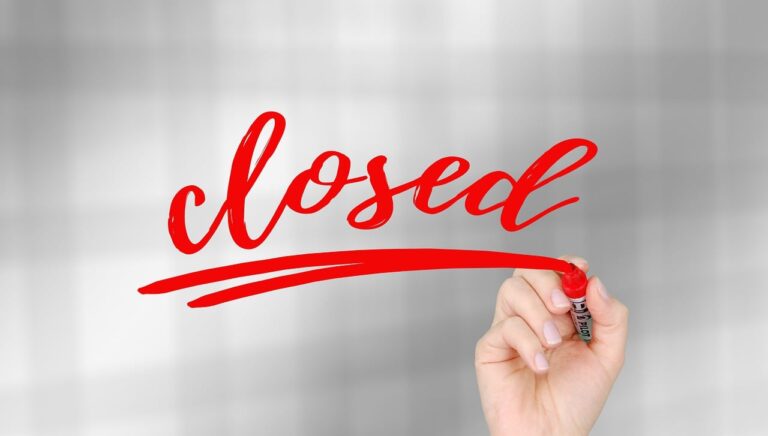Weekly Fiscal Facts are provided to Wisconsin Newspaper Association members by the Wisconsin Policy Forum, the state’s leading resource for nonpartisan state and local government research and civic education. The Wisconsin Policy Forum logo can be downloaded here.
In February, Gov. Tony Evers unveiled his plan for the next two-year state budget, as Wisconsin’s governor does every two years at this time.
State lawmakers now will examine the proposal and have the option to pass it as-is, modify it or build their own budget. Whatever lawmakers pass ultimately will go to the governor for a signature or veto.
The Forum’s recently released state budget brief provides an overview of Evers’ proposal while scrutinizing key areas of the budget that require attention regardless of what state lawmakers ultimately approve and send to the governor’s desk.
- RELATED: See more Fiscal Facts from the Wisconsin Policy Forum
- RELATED: Read the full budget brief report
Here are six keys that are likely to influence the upcoming debate:
- A brighter outlook: The state’s fiscal outlook has significantly improved from the early days of the pandemic, as targeted state spending cuts, strong corporate tax collections, and most notably, billions in federal relief funds have helped alleviate spending pressures. Yet there is still much that is unknown or may change.
- Pandemic’s impact: The economic fallout from the pandemic caused jobless claims and Medicaid enrollment to soar, with the latter seeing an increase of nearly 18% from December 2019 to December 2020. Meanwhile, state prison populations declined 16.9% from mid-2019 to February 2021, and school enrollment decreased by about 4% from the 2019-20 to the 2020-21 school year.
- Educational equity: In the past year, the pandemic raised concerns about learning loss and increased mental health challenges in K-12 schools and widening disparities in educational outcomes. It also imposed significant, unanticipated fiscal pressures on school districts.
- Economic recovery: Evers’ proposals to help Wisconsin’s economy recover from the COVID-19 pandemic include increased spending on economic development, largely to assist small businesses, for expanding broadband Internet access, and for higher education. Whether lawmakers agree with the specifics, they may find common ground on the need to encourage entrepreneurship, expand broadband access and ensure the state’s higher education system remains competitive.
- The public health picture: The governor proposes to invest more than $450 million in public health programs and service enhancements, many of which are relevant to the pandemic. These proposals will likely be controversial with some lawmakers as they are tied to Evers’ proposal to expand Medicaid. However, given the historic public health challenges from COVID-19, lawmakers may wish to seek consensus on the types of public health investments that are needed before debating how to pay for them.
- Keep it local: As local governments cope with the effects of the pandemic, the governor’s budget would give counties and municipalities greater ability to increase local property and sales tax revenues while also boosting state payments to them. Ultimately lawmakers must determine if they agree that local governments need more resources. If so, a key question is whether they should come from additional state aids, greater local revenue authority, federal funds, or some combination.
This information is provided to Wisconsin Newspaper Association members as a service of the Wisconsin Policy Forum, the state’s leading resource for nonpartisan state and local government research and civic education. Learn more at wispolicyforum.org.



